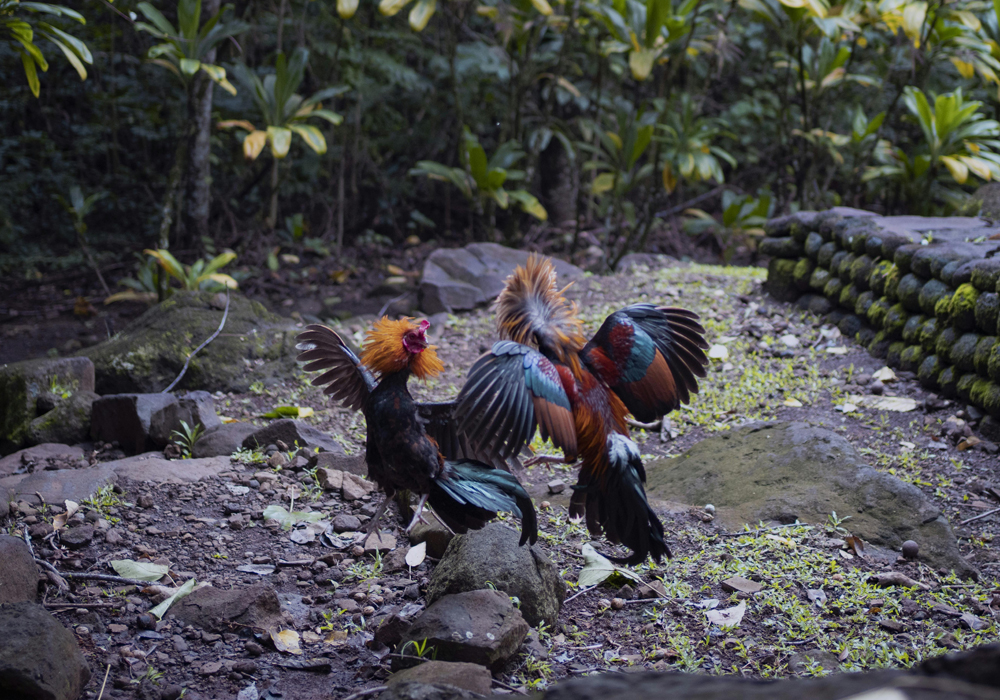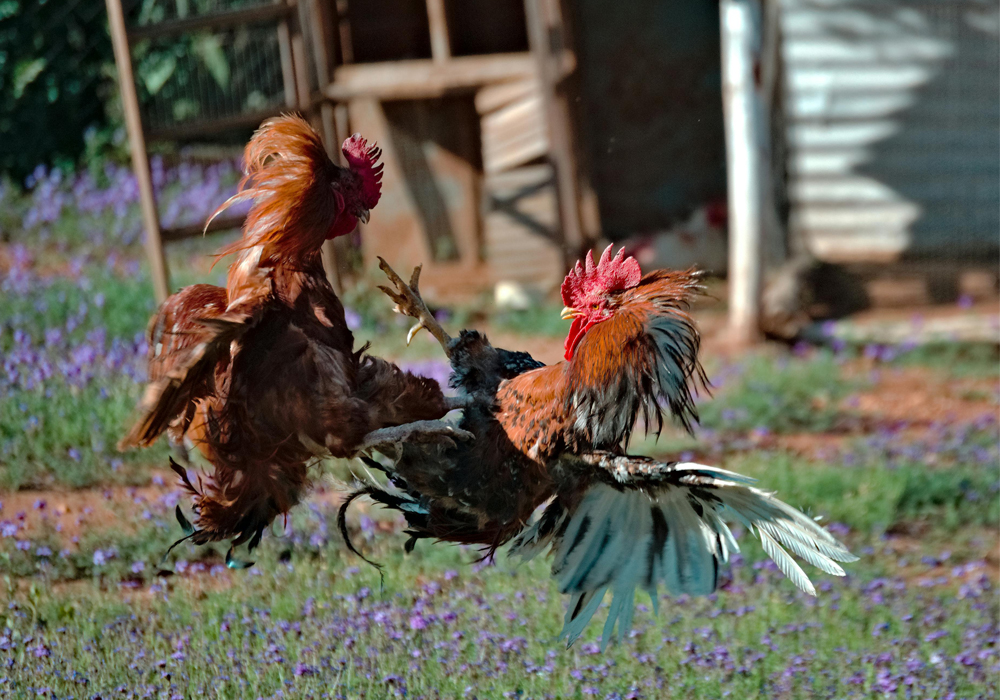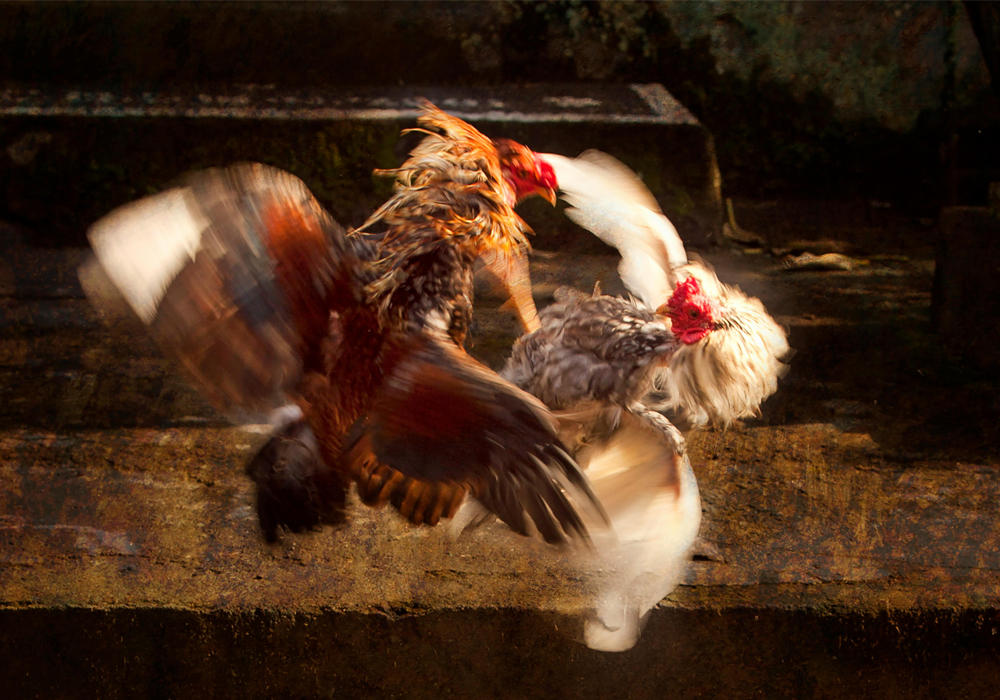A look at Indonesian cockfighting. Step into a small village clearing in Bali on a sun-drenched afternoon, and you might hear the rhythmic clucking and vibrant crowing of roosters, a sound that promises more than just the start of a new day.
You’re entering the world of Indonesian cockfighting, a practice that, for many, is less about a blood sport and more about a cherished cultural spectacle. Forget what you think you know from a quick Google search; this is a tradition woven into the very fabric of society, a complex tapestry of honor, spirituality, and community.
It’s a dance of feathered warriors, a silent conversation between man and beast, and a communal gathering where the air crackles with excitement. To truly understand why cockfighting endures in Indonesia, you have to look past the sharp spurs and see the deep-seated meanings behind the spectacle.
Indonesian Cockfighting Cultural and Religious Significance
For many Balinese, cockfighting, or Tajen, is not a hobby—it’s a spiritual necessity. The most important form of this practice is known as Tabuh Rah, which literally means “pouring blood.” This isn’t a scene of casual cruelty; it’s a sacred ritual performed during temple ceremonies to appease and purify evil spirits.

Balinese Hindus believe that the universe exists in a delicate balance between good and evil, and without periodic offerings of blood, the negative forces could overwhelm the world.
The act of shedding a rooster’s blood is a way to restore this cosmic harmony, a necessary sacrifice to keep the demons at bay. The roosters aren’t just animals; they are vehicles for this sacred offering, their brief, final act a selfless contribution to the well-being of the entire community.
It’s a beautiful, if bloody, paradox: violence in the service of peace. The entire ceremony is steeped in ancient prayers and rituals, transforming what might look like a fight into a profound act of devotion and purification.
Indonesian Cockfighting Legal Status and Controversy
The question of whether cockfighting is a cultural practice or a form of illegal gambling is where things get a little complicated, a bit like trying to untangle a bowl of noodles with your eyes closed.

On one hand, the Indonesian government officially banned all gambling in 1981. However, in a nod to the country’s diverse cultural and religious landscape, they made a specific exception for cockfights that are a part of religious ceremonies.
This is a classic Indonesian compromise, a way to respect tradition without explicitly endorsing what is, for all intents and purposes, a form of gambling in other contexts. This has created a vibrant, if sometimes secretive, subculture. While the ceremonial Tajen is legal, the high-stakes matches that inevitably pop up are not. For many Indonesians and tourists alike, this can be a point of contention.
Animal rights activists decry the practice as barbaric and inhumane, a view that is difficult to argue against from a modern, Western perspective. Yet, for the participants, the practice is a part of their heritage, a tradition passed down from their fathers and grandfathers.
It’s a clash between a globalized worldview of animal welfare and a deep-seated cultural practice that has existed for centuries, with both sides seeing the moral high ground.
Indonesian Cockfighting Social and Economic Activity
Beyond the sacred and the legal, cockfighting is a powerful social institution, a clubhouse for men of all walks of life. The roosters themselves are a source of immense pride, and their owners dedicate a huge amount of time, money, and emotional energy to their care.
These roosters aren’t just chickens; they are athletes, warriors, and symbols of their owner’s strength and honor. They are given special diets, massages, and even their own private coops. The training and care of a prize-winning rooster is a full-time passion, a testament to the owner’s dedication and skill.
When a fight is about to begin, the tension in the air is palpable. The crowd of men, dressed in their finest batik shirts, places bets with a nod and a wink, an informal economic exchange that underscores the social hierarchy and trust within the community. The fight itself is fast and furious, usually lasting just a few minutes.
The losing rooster is often a shared meal, a final, respectful end to its journey. It’s a public performance of masculinity, status, and community bonds, a theatrical expression of the very things that matter most in Balinese and Indonesian society.
So, while it may seem like a simple brawl between two birds, it’s actually a deep and fascinating peek into a world where tradition, spirituality, and social life are all intertwined in a dazzling, feathery whirlwind. It’s a sport, a ritual, and a way of life, all rolled into one spectacular, crowing event.
